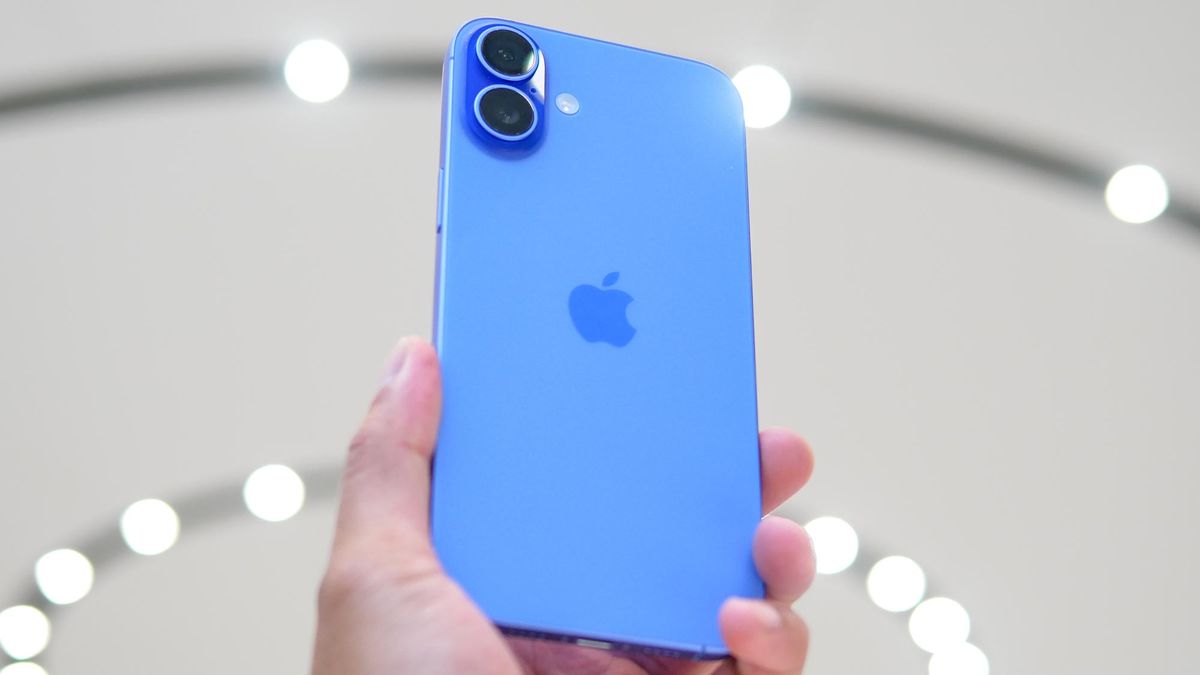Historically, Apple doesn’t reveal technical specs like battery capacity or the amount of RAM in its iPhones, and anybody expecting the recent Glowtime event to buck the trend was once again disappointed.
However, an Apple executive has now confirmed reports that all four members of the iPhone 16 family will pack 8GB RAM for the first time, and explained the rationale.
The Apple developer tool Xcode 16 already confirmed 8GB RAM on all four models, with the assumption that this is the minimum required to make the handset’s AI feature set — Apple Intelligence — function. That would explain why the iPhone 15 Pro makes the cut, while the basic iPhone 15 and its 6GB RAM does not.
First spotted by 9to5Mac, in an interview with the YouTube channel Geekerwan, Apple’s Senior Vice President of Hardware and Technologies, Johny Srouji, confirms this is at least part of the calculation.
Asked whether the 8GB RAM upgrade was purely for Apple Intelligence or if other considerations were at play, Srouji didn’t deny the change in specs for the upcoming generation.
“Our goal is to build the best products, delivering the absolute best user experience,” he began. “As it relates to Apple Intelligence, DRAM is one aspect. And when we look at what we’re building, whether it’s silicon, hardware, or software, we don’t want to be wasteful in many ways.
“We have lots of data that tells us what is going to enable a certain feature, and Apple Intelligence is one of those very, very important features that we want to enable,” he continued. “And we look at different configurations, both for computation and memory bandwidth and memory capacity. And then we make the right trade-off and balance of what actually makes the most sense. So, Apple Intelligence was a major feature that led us to believe that we need to get to 8GB.”
But that’s not to say that improvements elsewhere aren’t, at the very least, a nice bonus.
“Having said that, the 8GB is going to help immensely among other applications, including gaming, high-end gaming, AAA-titled games, and high-end gaming on device,” Srouji added. “So, I think it’s going to be really, really beneficial.”
One big advantage of Apple making its own hardware and software in tandem, he says, is that the software team can optimize this newfound RAM “so they don’t end up also wasting memory”.
“We look at all these trade-offs and we end up with, ‘here’s what makes sense’, and 8 gigabytes was the most perfect choice for us,” Srouji concluded.
One thing Apple is a bit more transparent about in its presentation is the A-series chipset that powers its iPhones, and Geekerwan also took the opportunity to ask about why the company hadn’t sought to increase the core count of the A18 chip, as it has with its Mac and iPad M-series chips.
In short, it’s a trade-off of battery size, power delivery system, thermal envelope and actual consumer use cases — which explains why the M4 chip of the 2024 iPad Pro has four performance cores to the iPhone 16 Pro’s two.
“For the phone, we came to the conclusion that 2P4E — so two performance cores, four efficiency cores — meets the needs of what that device requires,” Srouji explains. “Because we have the absolute best single-thread, and the efficiency cores are so good for other tasks, and that configuration works.”
For the M4 in the iPad Pro, you have “larger thermal envelopes [and] different power delivery” so you can “push the frequency and performance to a different point.”
The iPhone 16 handsets will be available to buy from Friday 20 September. If you’re still on the fence, you can read our hands-on review of the iPhone 16 Pro and Pro Max handsets here, with a full verdict to follow soon.
Source link
